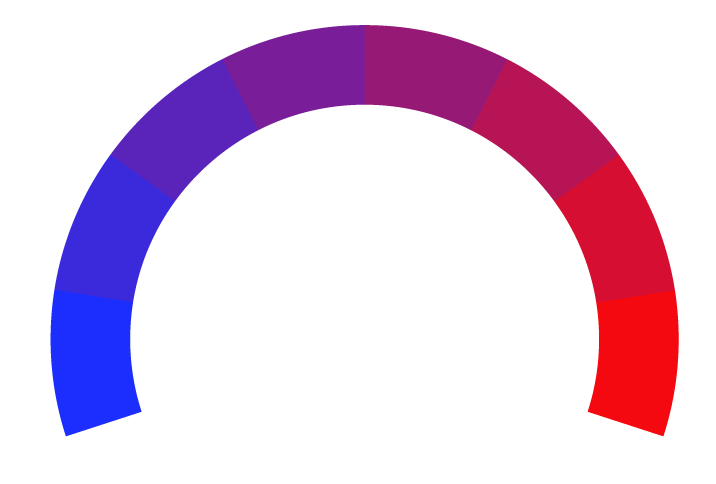How 538's 2024 presidential election forecast works
- Bias Rating
- Reliability
80% ReliableGood
- Policy Leaning
10% Center
- Politician Portrayal
21% Positive
Continue For Free
Create your free account to see the in-depth bias analytics and more.
By creating an account, you agree to our Terms and Privacy Policy, and subscribe to email updates.
Bias Score Analysis
The A.I. bias rating includes policy and politician portrayal leanings based on the author’s tone found in the article using machine learning. Bias scores are on a scale of -100% to 100% with higher negative scores being more liberal and higher positive scores being more conservative, and 0% being neutral.
Sentiments
N/A
- Liberal
- Conservative
| Sentence | Sentiment | Bias |
|---|---|---|
Unlock this feature by upgrading to the Pro plan. | ||
Reliability Score Analysis
Policy Leaning Analysis
Politician Portrayal Analysis
Bias Meter
Extremely
Liberal
Very
Liberal
Moderately
Liberal
Somewhat Liberal
Center
Somewhat Conservative
Moderately
Conservative
Very
Conservative
Extremely
Conservative
-100%
Liberal
100%
Conservative

Contributing sentiments towards policy:
56% : We also consult a set of economic and political indicators that political scientists and forecasters have collectively dubbed the "fundamentals."55% : Then, we might find another simulation in which polls underestimate Trump by 4-5 points on the margin — a repeat of what we saw in the 2020 election.
52% : We include these economic and political fundamentals in a Bayesian regression to predict the two-party vote share in each state from 1952 to 2020.
51% : It is also used in a separate regression to make sure potential polling bias is correlated across states — a process detailed in Step 3.This approach can be thought of as predicting polling averages using regression models with various political and demographic variables.
50% : States where the Democratic or Republican vote share has tended to rise and fall in tandem — such as New York and Connecticut — receive higher similarity scores.
46% : We use 11 indicators that have historically correlated with election outcomes:One quick comment on this mix of indicators: Usually when political scientists talk about "fundamental" economic indicators they are referring only to objective metrics of the economy.
46% : Recently, it has also become clear that political polarization is decreasing the electorate's responsiveness to external shocks to the system.
46% : Another is that, as a matter of coincidence, the bias in our fundamentals predictions has tended to counteract bias in the polls; in years like 2020 when the polls underestimated Trump, the fundamentals overestimated his support, generating a combined prediction that was closer to the actual outcome of the election than either component prediction on its own.
41% : Presidential approval ratings are also now dragged down by political and ideological polarization, with a shrinking share of the opposing party that any candidate can win over.
36% : Our model treats districts as separate geographic units similar to states, but with larger confidence intervals.*****Additional research also suggests that voters blame the incumbent party more for a bad economy when the president is running for reelection than when the party runs a new candidate (such as when the incumbent is term-limited).
*Our bias meter rating uses data science including sentiment analysis, machine learning and our proprietary algorithm for determining biases in news articles. Bias scores are on a scale of -100% to 100% with higher negative scores being more liberal and higher positive scores being more conservative, and 0% being neutral. The rating is an independent analysis and is not affiliated nor sponsored by the news source or any other organization.






















 ABC News
ABC News